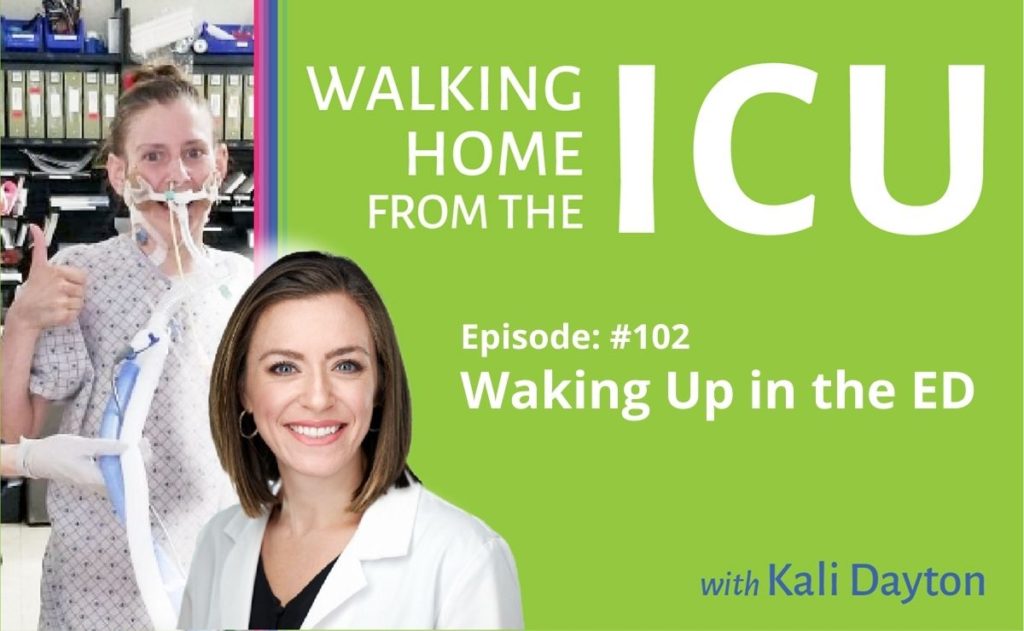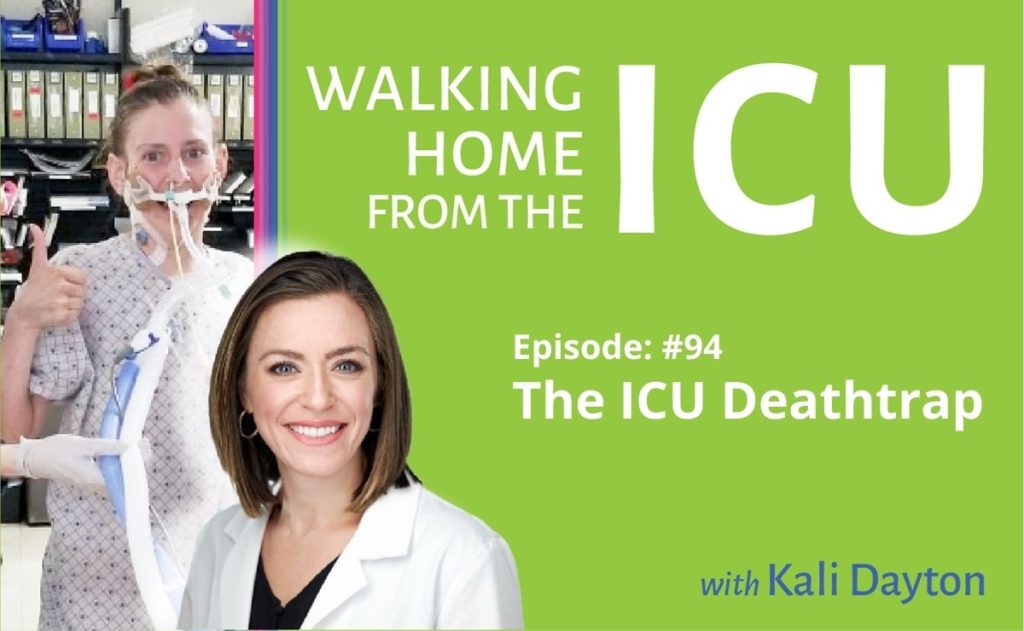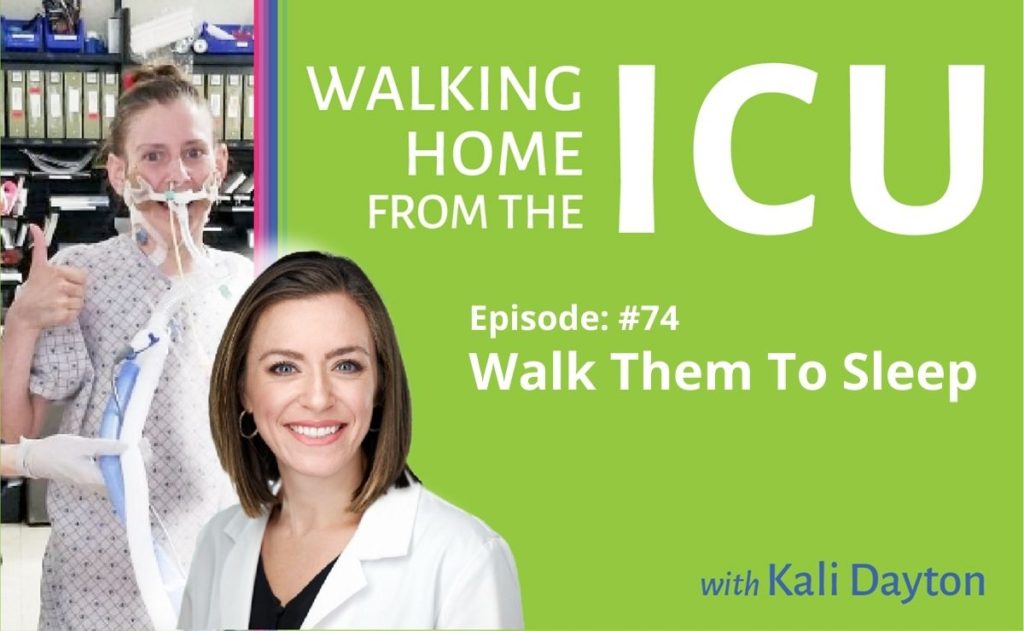
Walking Home From The ICU Episode 103: Communication Is a Basic Human Right- Especially in the ICU
This episode explores the value of communication in the ICU and the impact of our sedation and immobility practices on the basic human right of communication. Episode Transcription Kali Dayton 0:38 This episode is dedicated to communication and the ICU. This has taken me a long time to publish in part because it is so











